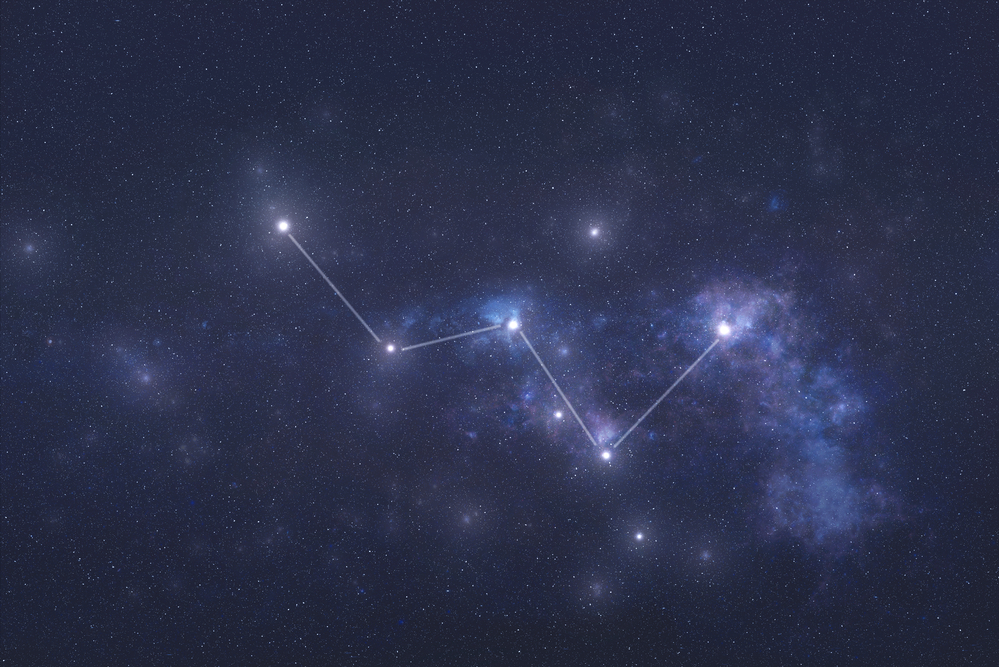

In the process, however, the king and queen also met their end because they did not look away from the monster’s head in time. One look at Medusa’s head turned them all into stone. There was a fight and Perseus, desperately outnumbered, used the head of Medusa to defeat his opponents. At the wedding, one of her former suitors, named Phineus, appeared and claimed that he was the only one who had the right to marry Andromeda. Perseus and Andromeda were later married. However, she was saved in the last minute by the Greek hero Perseus, who happened to be passing by, saw Andromeda and rescued her from the monster. Reluctantly, they did so, leaving Andromeda chained to a rock for the monster to find. Cepheus turned to an oracle for help and the oracle told him that, in order to appease Poseidon, he and Cassiopeia had to sacrifice their daughter Andromeda to the sea monster. The sea god obliged and sent Cetus, a sea monster represented by the constellation Cetus (the Whale), located in the same region of the sky, to ravage the coast of Cepheus’ kingdom. Poseidon was married to one of the nymphs, Amphitrite. They were enraged by Cassiopeia’s comments and appealed to Poseidon to punish Cassiopeia for her boastfulness. The Nereids were the 50 sea nymphs fathered by the Titan Nereus. Once, she boasted that she was more beautiful than the Nereids. In mythology, Cassiopeia was the wife of King Cepheus (represented by the neighbouring constellation Cepheus in the sky) of Ethiopia. The Perseid meteor shower is associated with the constellation.Ĭassiopeia constellation map by IAU and Sky&Telescope magazine Myth The proper names of stars that have been officially approved by the International Astronomical Union (IAU) are Achird, Caph, Castula, Fulu, Nushagak, Ruchbah, Schedar, and Segin. The brightest star in the constellation is Schedar, Alpha Cassiopeiae.Ĭassiopeia contains eight named stars. The three-letter abbreviation, adopted by the International Astronomical Union (IAU) in 1922, is Cas.Ĭassiopeia belongs to the Perseus family of constellations, along with Andromeda, Auriga, Cepheus, Cetus, Lacerta, Pegasus, Perseus, and Triangulum.Ĭassiopeia has three stars with known planets and contains two Messier objects: M103 (NGC 581) and M52 (NGC 7654). The genitive form of Cassiopeia, used in star names, is Cassiopeiae (pronunciation: /ˌkæsioʊˈpiːiː/). In English, the constellation is known as Cassiopeia or the Seated Queen. The constellation name Cassiopeia is pronounced /ˌkæsioʊˈpiːə/.

The neighboring constellations are Andromeda, Camelopardalis, Cepheus, Lacerta, and Perseus.

It lies in the first quadrant of the northern hemisphere (NQ1) and can be seen at latitudes between +90° and -20°. Facts, location and mapĬassiopeia is the 25th largest constellation in the night sky, occupying an area of 598 square degrees. The constellation was first catalogued by the Greek astronomer Ptolemy in the 2nd century, along with other constellations in the Perseus family (except Lacerta).Ĭassiopeia contains several notable deep sky objects, among them the open clusters Messier 52 and Messier 103, the Heart Nebula and the Soul Nebula, the supernova remnant Cassiopeia A, the star-forming cloud popularly known as the Pacman Nebula, and the White Rose Cluster.

Nicknamed the W constellation, Cassiopeia is easily recognizable for the prominent W asterism formed by its five brightest stars. It was named after Cassiopeia, the vain and boastful queen in Greek mythology. Cassiopeia is a large constellation located in the northern sky.


 0 kommentar(er)
0 kommentar(er)
